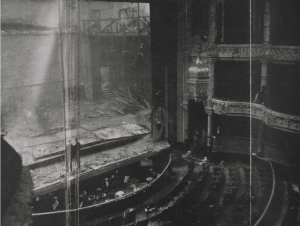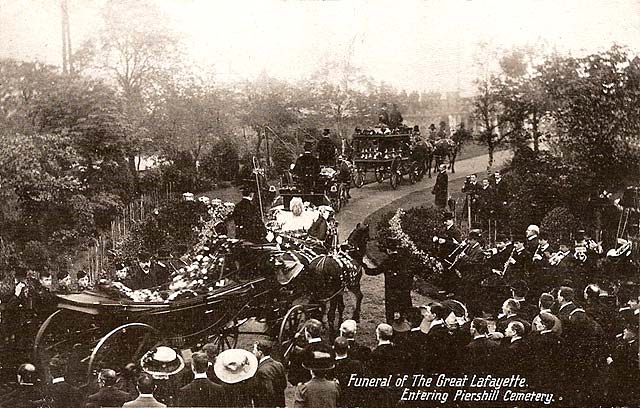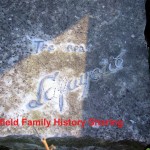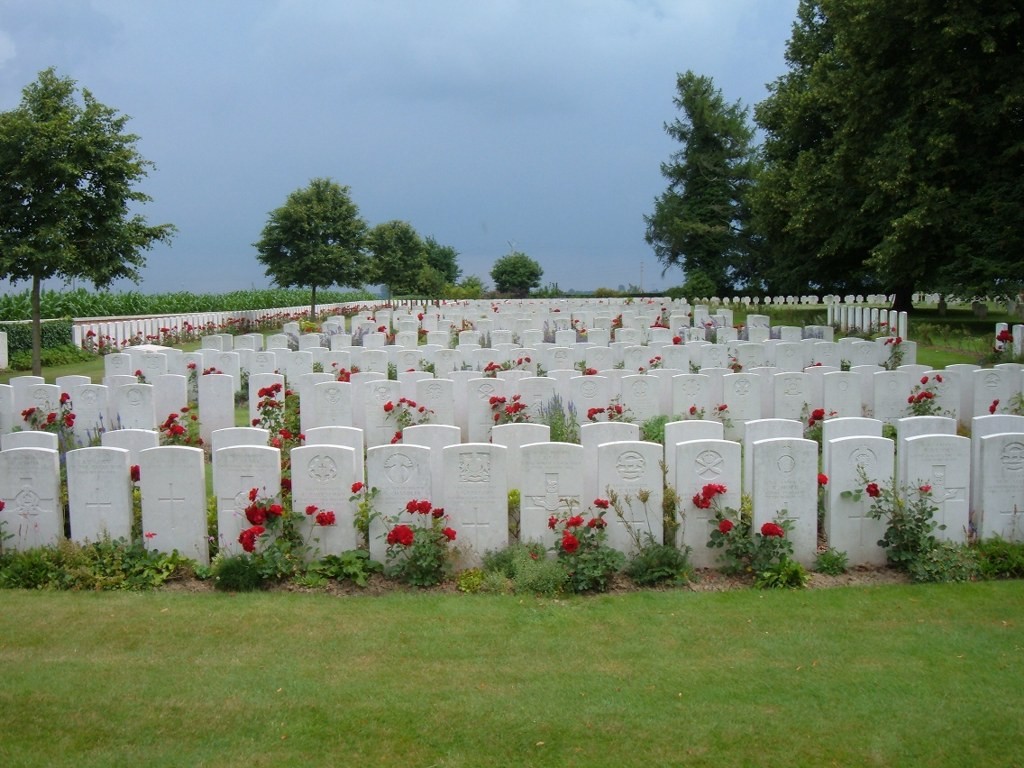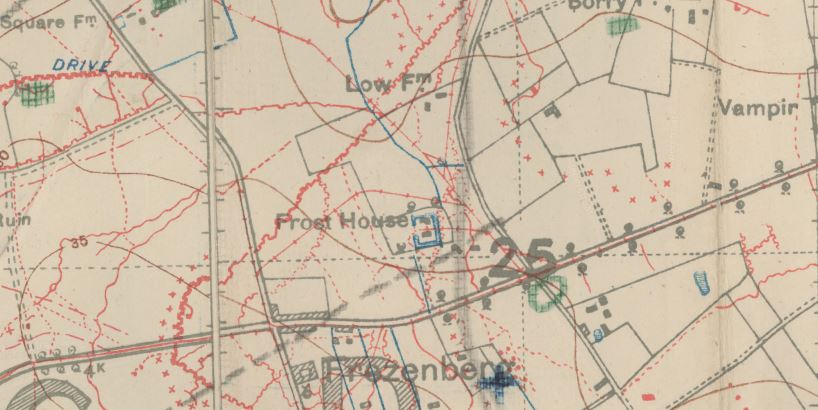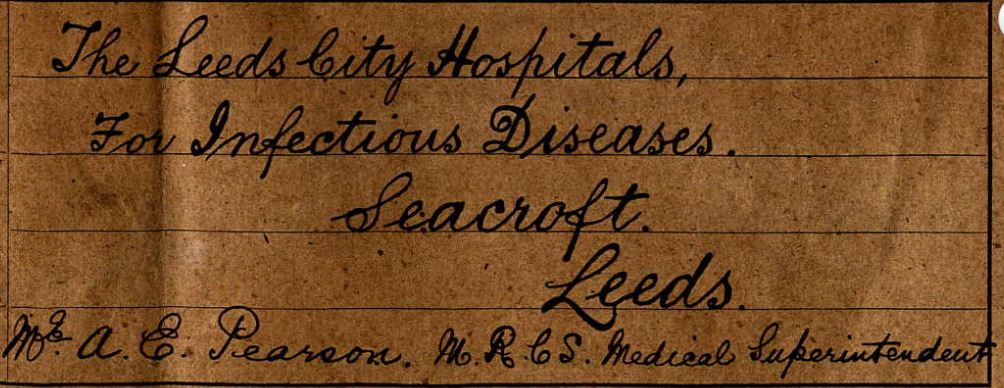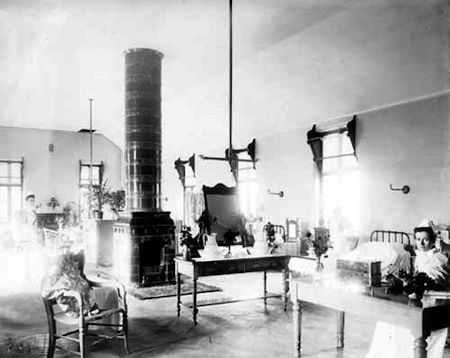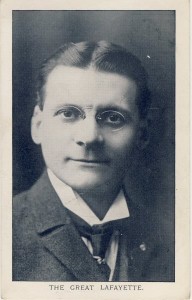 The Great Lafeyette, Sigmund Neuberger, was born in February of 1871 in Munich. When Sigmund was 19 his family emigrated to the United States where he began his career in one of his many guises.
The Great Lafeyette, Sigmund Neuberger, was born in February of 1871 in Munich. When Sigmund was 19 his family emigrated to the United States where he began his career in one of his many guises.
Sigmund imitated the career of Ching Ling Foo, who studied Chinese magic and was a very well respected magician in his own country, and developed many illusions, including breathing smoke and fire or producing ribbons and a 15′ long pole from his mouth. It seemed likely that when Ching Ling Foo brought his act to America, a few tried to emulate him, taking similar names and developing similar illusions. Sigmund, taking the name of The Great Lafeyette, he was famed for his quick-change routines, flamboyant costumes and his dramatic illusions, including one he developed called the ‘Lion’s Bride’ a 25 minute routine – this routine made him very popular with audiences. But he was always aware of publicity and how to draw more people to see his act.
He was a world class illusionist and according to many was the highest paid magician of his time. In vaudeville it is estimated that he earned around £44,000 a year, millions of pounds in today’s money.
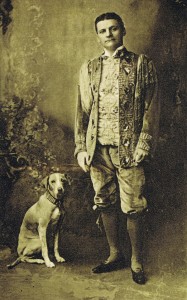 Lafeyette was an admirer of Harry Houdini and the two became great friends. Harry showed his friendship by the gift of a dog, who became known as beauty. Beauty, was pampered even by celebrity pooches today. He had his own set of rooms, ate five course meals and wore diamond studded collars. Both were to become inseparable and life long companions.
Lafeyette was an admirer of Harry Houdini and the two became great friends. Harry showed his friendship by the gift of a dog, who became known as beauty. Beauty, was pampered even by celebrity pooches today. He had his own set of rooms, ate five course meals and wore diamond studded collars. Both were to become inseparable and life long companions.
Life was going well for him, he was involved in all aspects of the shows, including set design, costume design and the creation of illusions. He created shows the like of which had never been seen before.
Lafeyette, is reputed to have his own Pullman carriage and he and Beauty always travelled first class, staying in the best hotels and always having a second room or suite for his best friend, Beauty. He also looked after his staff, who toured with him – he paid well, but demanded total loyalty.
In 1911 Lafeyette and Beauty were in Edinburgh and set to appear at the Empire Theatre. It was just a few days before the show was set to open that Beauty died. The artist was so distraught that he sought permission to bury his companion in Piershill Cemetery, Edinburgh. The authorities were against this request until Sigmund said that he too would be buried there when his time came. Little did he know!
While in a state of deep mourning, it was during his performance on 9th May 1911 that, while performing his ‘Lion’s Bride’ routine an oriental lamp burst into flames. The fire curtain dropped, but not fully. Lafeyette was very secretive of his illusions and had all the doors locked off. The fire very soon became out of control. In less than 20 minutes, the backstage area was ablaze and full of smoke, and the fire curtain fell to the stage. The audience, even in a state of panic all managed to escape to safety, but back stage was a different matter. Ten people in the back stage area lost their lives, including Lafeyette. He was identified by his costume and later cremated. But, strangely enough days later, after his solicitor had become involved while trying to find missing ornate jewellery that Lafayette wore, another body was found under the stage, and identified as Lafeyette by a ring. The previously cremated body was that of a man who acted as Lafeyette’s double – a 25 year old man who played in the orchestra.
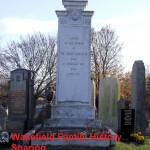 On 14th May 1911, The Great Lafeyette, was cremated and the urn containing his ashes was laid to rest between the paws of his best friend, Beauty.
On 14th May 1911, The Great Lafeyette, was cremated and the urn containing his ashes was laid to rest between the paws of his best friend, Beauty.
Years ago, while in Edinburgh I visited the grave of Sigmund and Beauty, a quite simple kerbed plot, headed by a simple yet informative headstone.
In the company was one James Edwin Baines, who I was sent information many years ago, but with computer glitches lost that information, so I have had to start again.
Early in 1881, James married Sarah Bailey, in the Dewsbury Registration District and they can be seen in the census of that year, living at 72 Kirkgate. James is employed as a clog sole maker. By the time of the 1891 census, James and Sarah were mother and father to four children. The family lived at 10 Kirkstall Lane and James worked as a Journeyman Clogger
James in 1901 was living on Bradford Road, East Ardsley, a few houses away from the Black Swan Inn, married to Sarah and father to Edwin, Mary, Elizabeth and Esther – working as a Rate Collector.
On the night of 2nd/3rd of April 1911 census was taken and there is a James Edwin Baines, born in Leeds around 1861, which ties in with information regarding funeral arrangements made in Edinburgh. James is a 50 year old man, working as a musician, a visitor in the house of Henry Robert Tubbs, a car-porter living in Brighton, also in the house, as visitors, are other acrobats and musicians from various countries in Europe. How has James come from being a rate collector to working as a musician. If James is Brighton, where is his wife. Well Sarah, is within a few miles of her birth – Hanging Heaton. Sarah, in 1911 says she has been married 29 years, bore 11 children and suffered the deaths of 7. But as her husband is not with her, that information has been struck through. While her husband was away, and more than likely when he was at home, Sarah worked as a woollen weaver in one of the local mills, close to her home at 10 Wordsworth Square, Morley (bottom of Commercial Street).
Sigmund is also on the census, he is living at 55 Tavistock Square, London. He is entered as Mr Lafeyette, 38 years old and says he is born in Los Angeles. He is single and works as a Music Hall Artist, of independent means. Also entered is Beauty Lafeyette, aged 16 of independent means and there is a 1 in the ‘children living’ column. Both the children living and the entry have been lined through. In the infirmity section Mr Lafeyette wrote ‘too good’ that has also been struck through.
The death of Mr Baines, it is thought was due to a gallant effort to rescue two members of the show from their dressing rooms. The body of James Edwin Baines, of Hackney, London, was encased in a polished oak coffin, accompanied by his wife and sister, he was conveyed by the 10.50pm train to Wakefield, where he would be interred in Woodkirk Churchyard. The solemn event was witness by family, friends and the majority of the local communities, who held James in high regard.
On 22nd August 1911, Probate was granted to Sarah with effects if £24 18s – What happened to Sarah and her family.
The building that once was the Black Swan Inn, still remains and today 98 Bradford Road, East Ardsley has been the home of H Waterhouse and Sons, since they moved there from Waterhouse Corner, opposite Woodhouse Lane.
Note- some sources say that James was accompanied on his last train journey by his brother-in-law.
